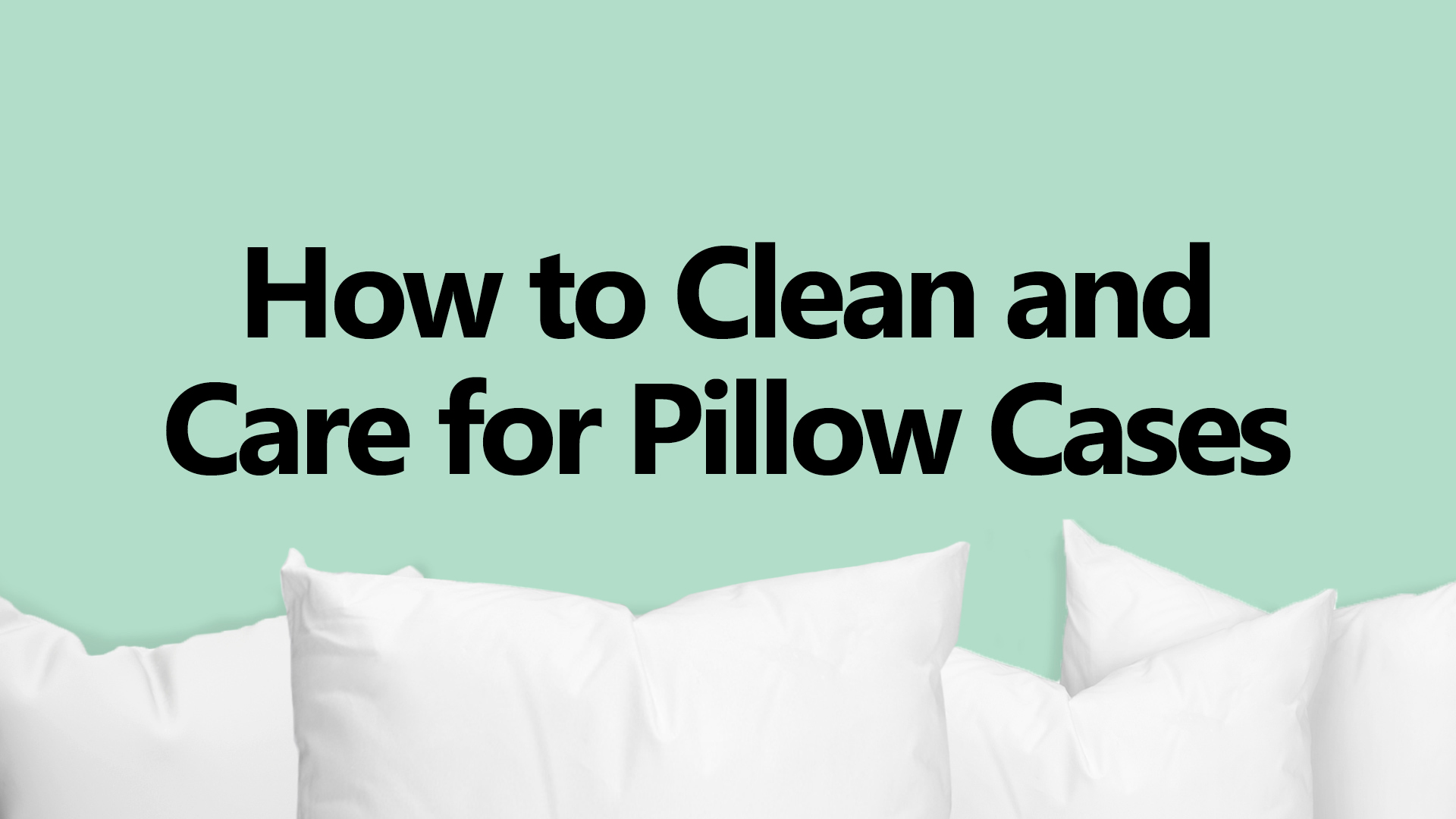
Pillow cases are a staple when it comes to home décor. They add more colors to an already colorful home. Not only do they help families with decoration, but their primary purpose is to protect your pillow because, believe it or not, pillows, although very soft and stuffy, can have germs in them if not appropriately protected. This could lead to many infectious diseases that can spread throughout the family.
Wash your pillow cases to keep your family safe and clean from germs coming from dirt and unexpected spills. How do we do this? Let’s find out!
Why should you wash your pillow cases?
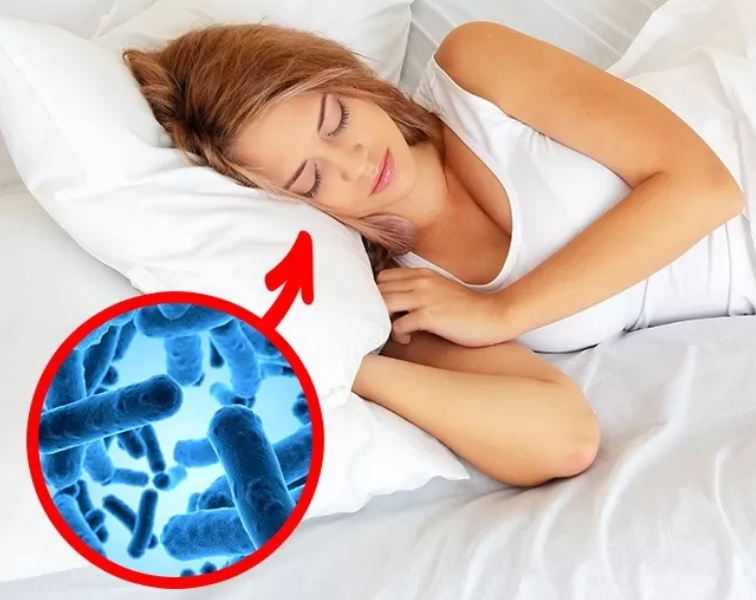
1. Germs and Dirt. Pillows aren’t the ones we first make contact with when trying to rest after a long day of working or school, and it’s most likely the pillowcases. Germs and other nasty infections can travel from your body to your seemingly innocent pillow cases. Every time we make contact with them, they get dirtier. That’s why it’s essential always to keep them clean.
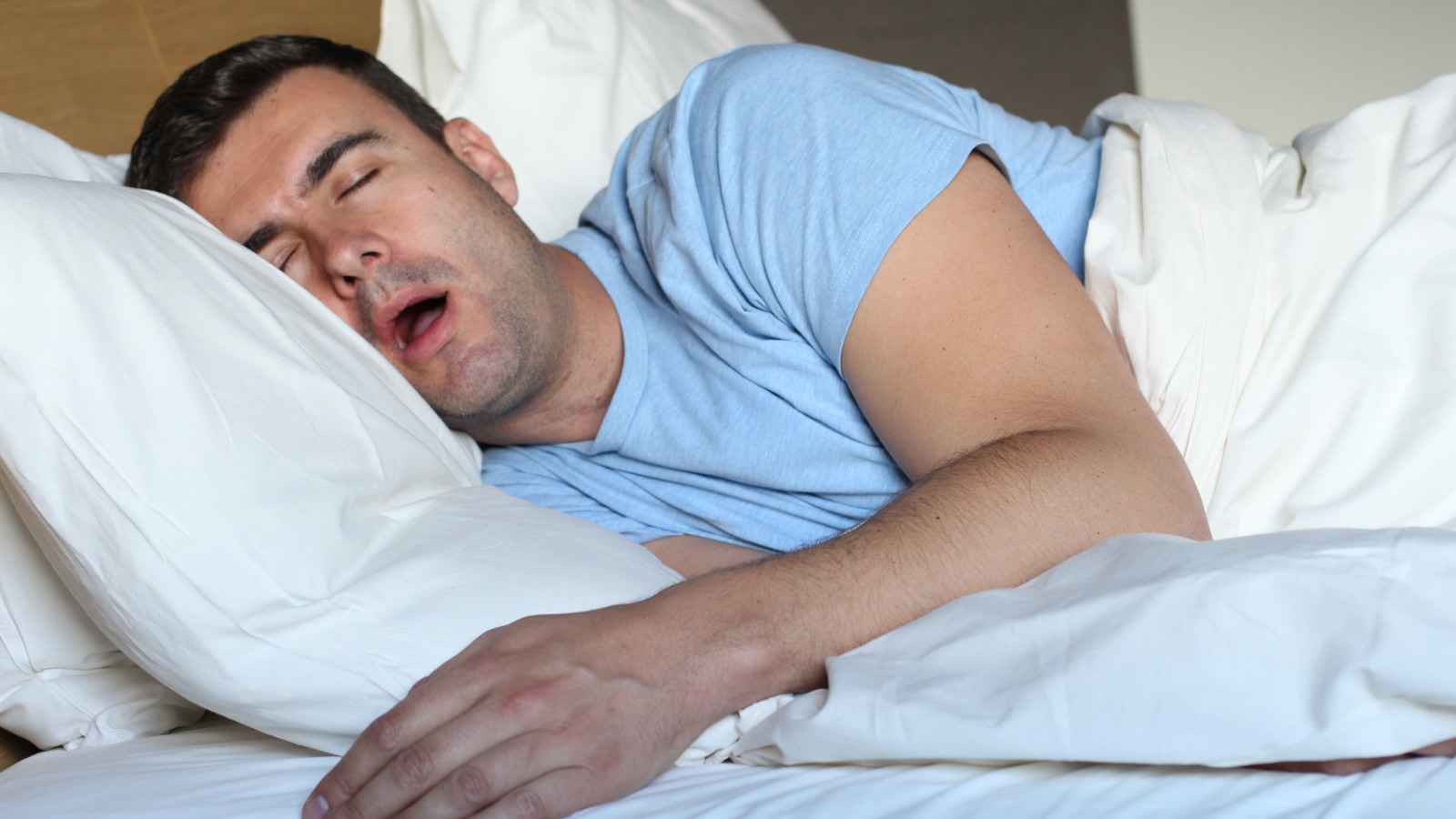
2. Saliva. Another reason why we should always clean our pillow cases is our saliva. A good night of sleep is very much needed when you want to be healthy. It’s an excellent way to release stress after a long day of work, school, or commuting. But then again, when we get sleep that’s a little bit too good, we start drooling. Our saliva can also cause some nasty smell to our pillow cases. Our saliva can cause bad breath because of the bacteria inside our mouth, which can travel to the pillow cases we use daily.
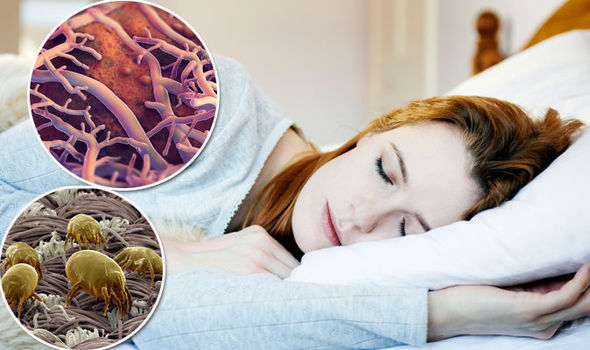
3. Dead skin is also a problem. We shed skin every day, and we don’t even know it! This dead skin can attract potential dust mites that can get into your pillow cases and torment your sleep. Dust mites may be small, but they should be considered. They carry bacteria and can lead to asthma, allergies, and, worst-case scenario, death.
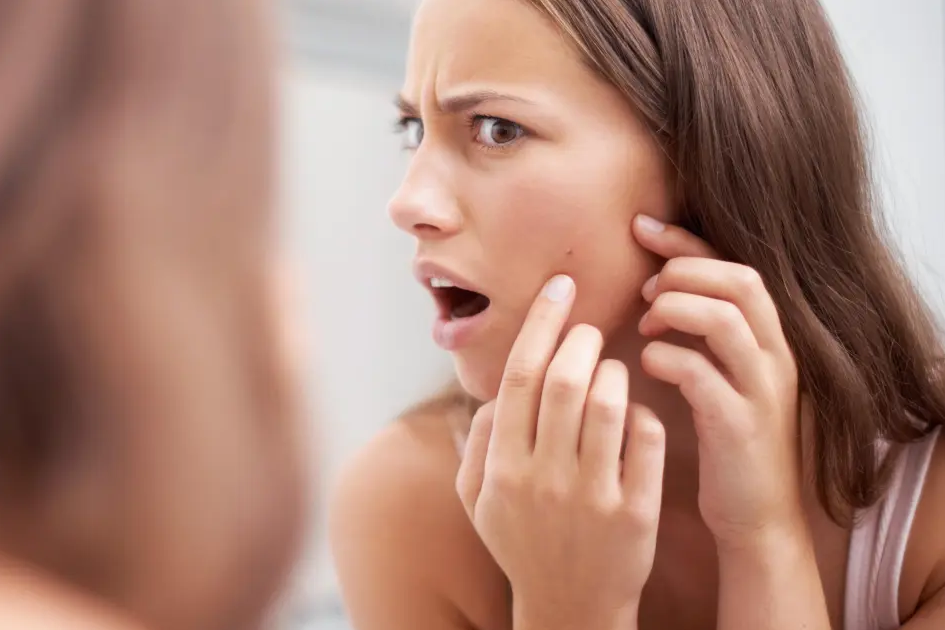
4. A dirty pillowcase can also lead to acne and pimples. Because of our natural body oil and sweat, our pillowcases are a utopia of dancing bacteria because of the absorption of oil. If these bacteria contact your skin, this can lead to adverse skin conditions.
How often should you wash/deep clean your pillow cases?
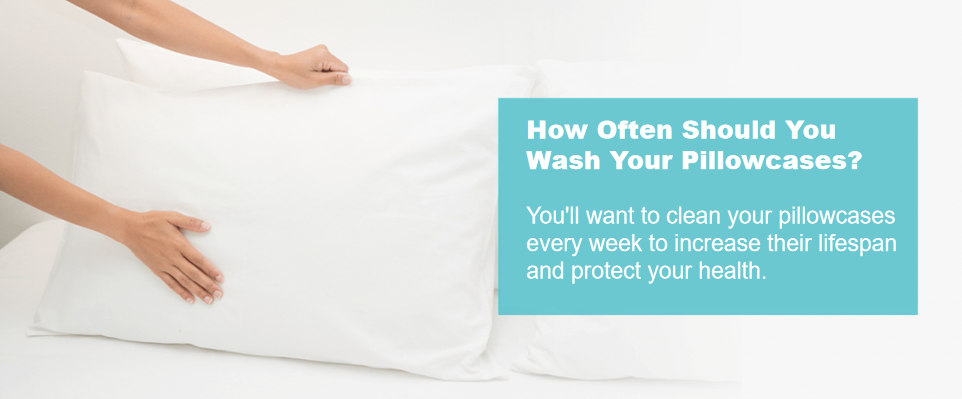
How can we prevent this now that we know how uncleaned pillowcases can lead? That’s right! By cleaning. But how often? With the overwhelming amount of skin contact we offer to our pillowcases, we should clean them very often, specifically anywhere between once a week to once every two days.
If you have skin conditions or you have susceptible skin, it is best if you swap your pillows more frequently. Changing is efficient if you are busy and need more time to wash your pillow cases. But washing/deep cleaning them is still highly advisable. Everyone dreams of having clear and non-sensitive skin, and if you have that, congratulations! You still have to wash your pillowcases, though, in this case, every week, and you should clean or replace your pillow cases.
The pillows themselves should also be cleaned on a regular basis in addition to the pillowcases. But, if the pillow cases are exceptionally clean, there is no need to worry about the pillows. At least twice a year, give your pillows a deep cleaning/wash. Read the cleaning directions for each pillow before washing it because each one has a different type optimal for cleaning.
How to properly wash/care for your pillow cases?
There are many ways how you can wash/care for your pillowcases. It solely depends on the condition of the pillowcase. If it only needs general cleaning, it will be a lot simpler. On the other hand, it will be a lot more complicated if it’s filthy.
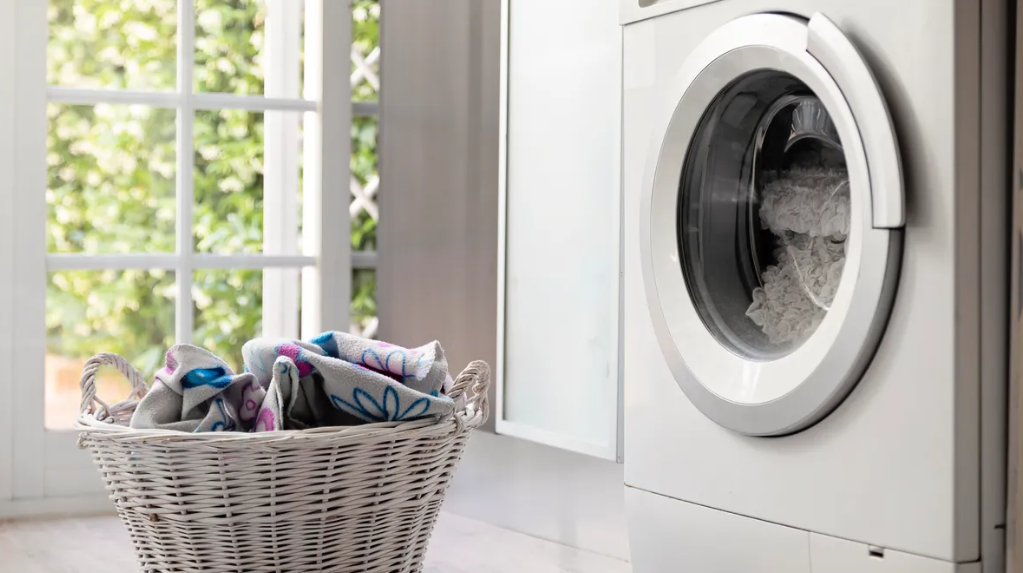
- General Cleaning: You can quickly launder your pillowcases in a washing machine for general cleaning. Can you wash pillow cases with clothes or like your clothes? To prevent mishaps and damage, always make sure the pillowcase is safe for the washing machine before you do that.
Step 1. Sort your pillowcases by color, just like you would your clothes. By doing this, we can protect their original appearance and prevent them from being harmed by color mixing.
Step 2. After that, submerge them in hot water to effectively eliminate bacteria.
Step 3. To destroy bacteria on pillowcases that shouldn’t be washed in hot water, dry them for 15 minutes at 130 degrees Fahrenheit (54.4 degrees Celsius).
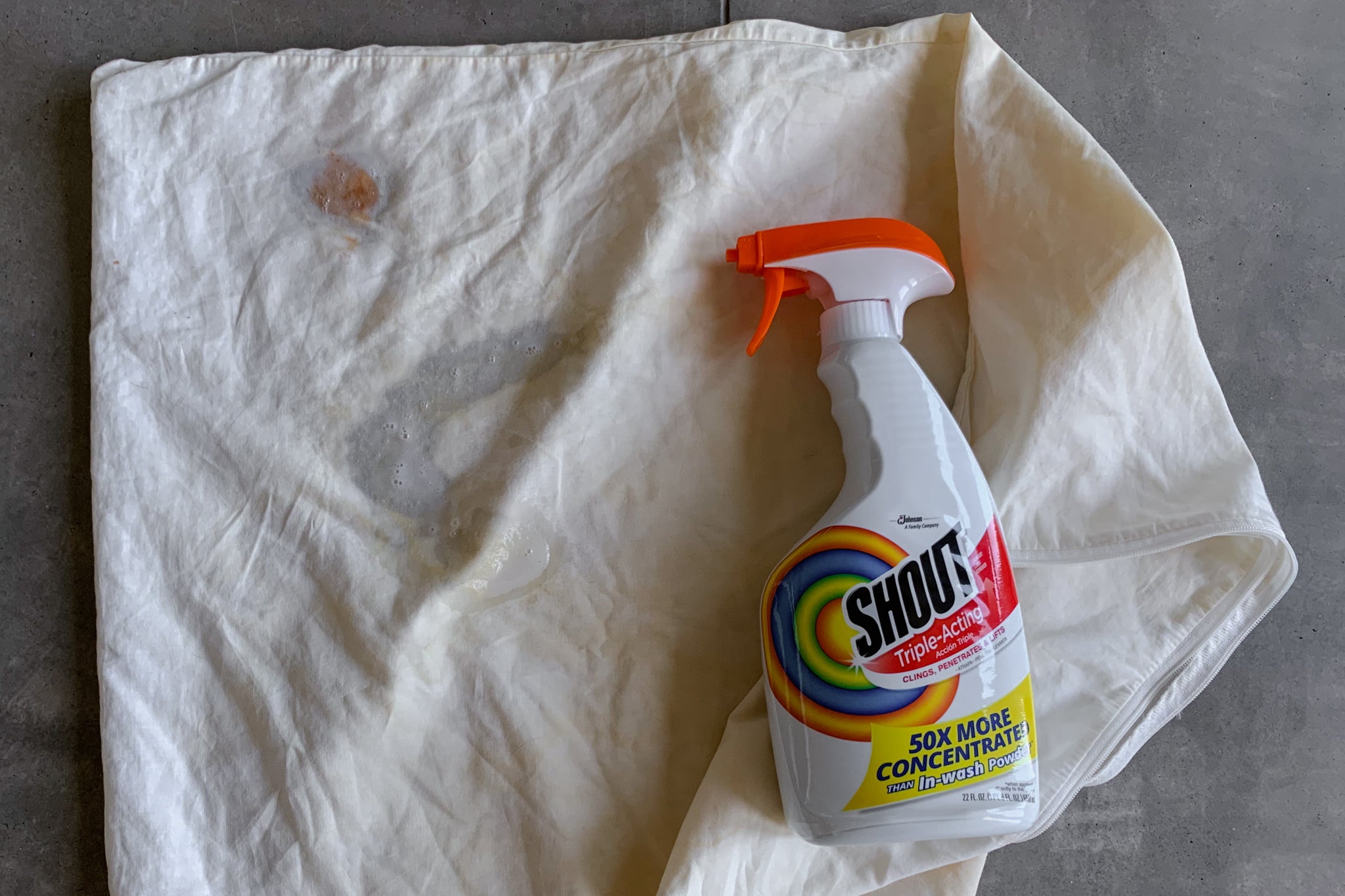
- Light Staining: Before washing pillowcases with stains from coffee and other substances, a spot treatment solution can be used. If you don’t have any laundry detergent, you can use a spot-treating solution that you can get from your neighborhood store. Moreover, it would help to have something to rub the stain off, such as an old toothbrush or rag.
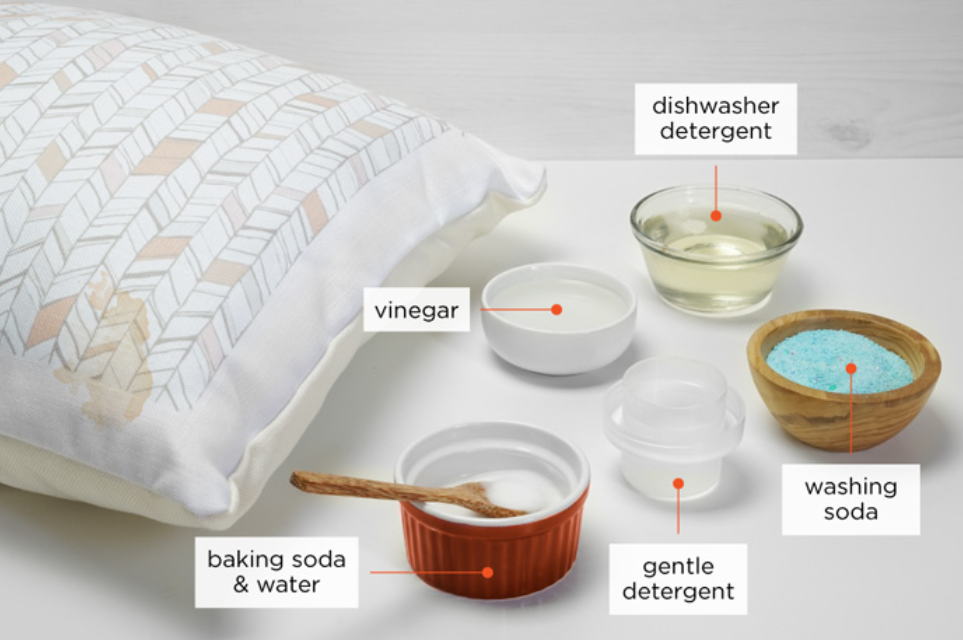
- Deep Clean: If your pillow cover has nasty discoloration and some very nasty stains, it’s time to clean them deep, and it’s not that simple.
Step 1. Mix your cleaning product first. Pour 1/4 cup of Dawn dish detergent and 1 cup of baking soda into a bowl or sink, then fill it with hot water. When done, add your pillowcase. Be sure to enclose them in the mixture fully.
Step 2. When it comes to eliminating stains, rubbing various materials against one another is an effective method, so that’s precisely what we will do next. Continue doing this until your pillowcase has been thoroughly disturbed in every direction.
Step 3. Following Step 2, you can clean your sink or basin and refill it with hot water and dish soap. The pillow sheets can be submerged in this for a few hours. Following that, carefully wash them. Ensure the pillowcase is clean and free of any remaining soap or detergent.
Step 4. After doing all of these thoroughly, it’s finally time to wash them. You can use a washing machine or do it by hand.
Materials needed to wash pillow cases
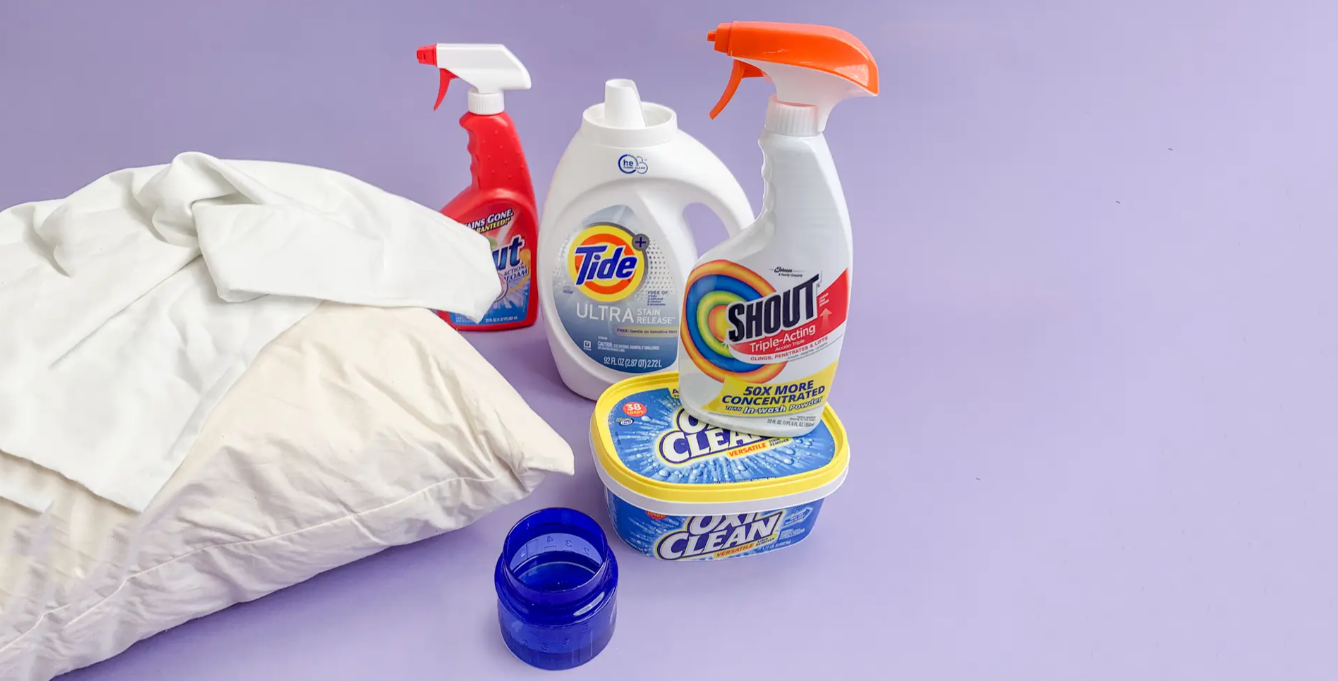
1. Hot water – Besides making our favorite hot drink every morning, hot water has many uses, like a cleaning agent. Hot water is efficient for cleaning because it is more compatible with cleansers, has higher kinetic energy, and has much more gap between molecules.
2. Detergent – Most likely, we all have detergent in our homes, but do we all understand its purpose? It provides a smooth approach to working and cleaning your goods since the detergent molecules help to increase the washing process’s effectiveness by lowering the water’s surface tension.
3. Bleach– Bleach is renowned for rapidly and effectively eliminating microorganisms despite having a strong scent. Why? It happens due to sodium hypochlorite, which kills bacteria, fungi, and viruses by denaturing protein in microorganisms.
Can I hand wash or machine wash pillow cases?
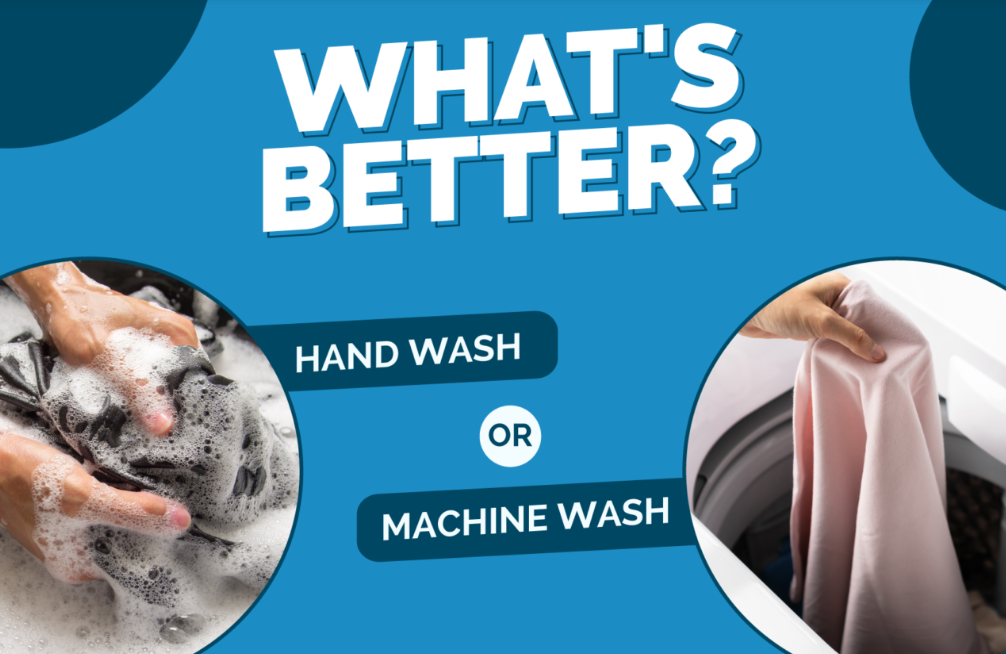
The pillow cases themselves will determine whether or not you should wash them by hand or in a washing machine. Although most pillowcases may be laundered in a washing machine, it is better to use machine-friendly pillowcases. Until they are. Everything has a way, so we’ll use our hands. Most of our pillowcases have cleaning instructions that are either included when you purchase them or sewn directly onto the pillowcases. Owners can use them to assess whether or not their pillowcases can be washed in the washing machine with their garments.
Where to buy reliable pillowcases?
4inBandana is a manufacturer of reliable pillowcases online. They are best known for their bandana and neck gaiters. Recently, they released their pillowcases which was a big hit! They have received a lot of good feedback from their satisfied customers.
4inBandana’s custom pillowcases are made from premium short-pile velour. It certainly gives that soft, comfortable touch. They offer square pillow covers and rectangular pillow covers in a variety of sizes and can also be made to order in other shapes and sizes upon your request! Aside from their ideal product, they formulated an easy ordering process through their online website.
In the meantime, you can also customize personalized patches on the throw pillow covers by visiting 4inCustompatch!
Check them and what they got for you and your organization now!




